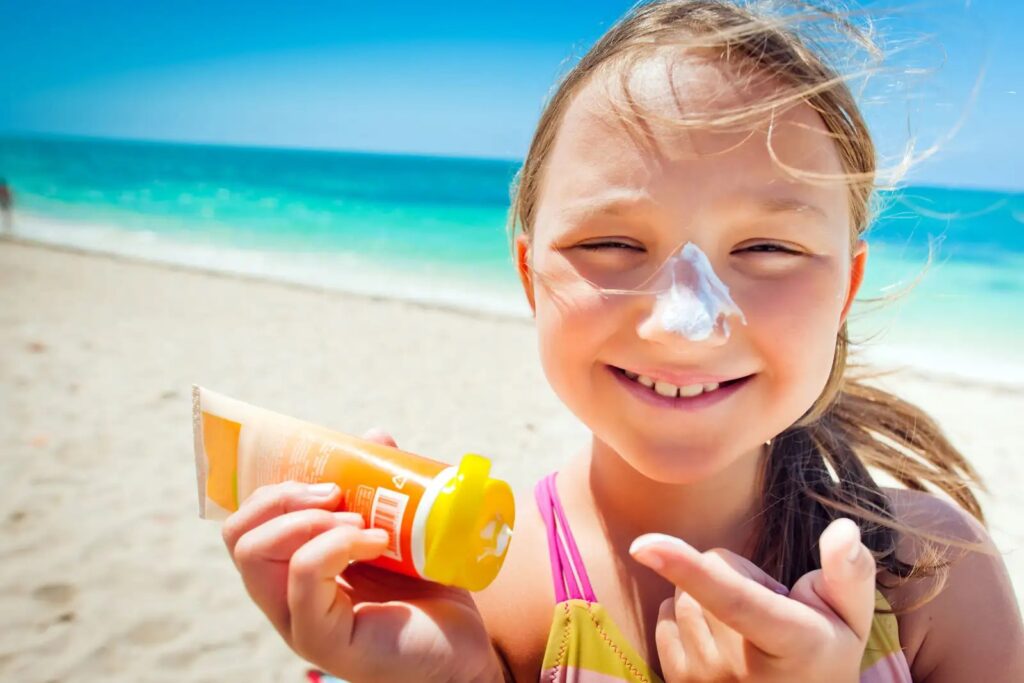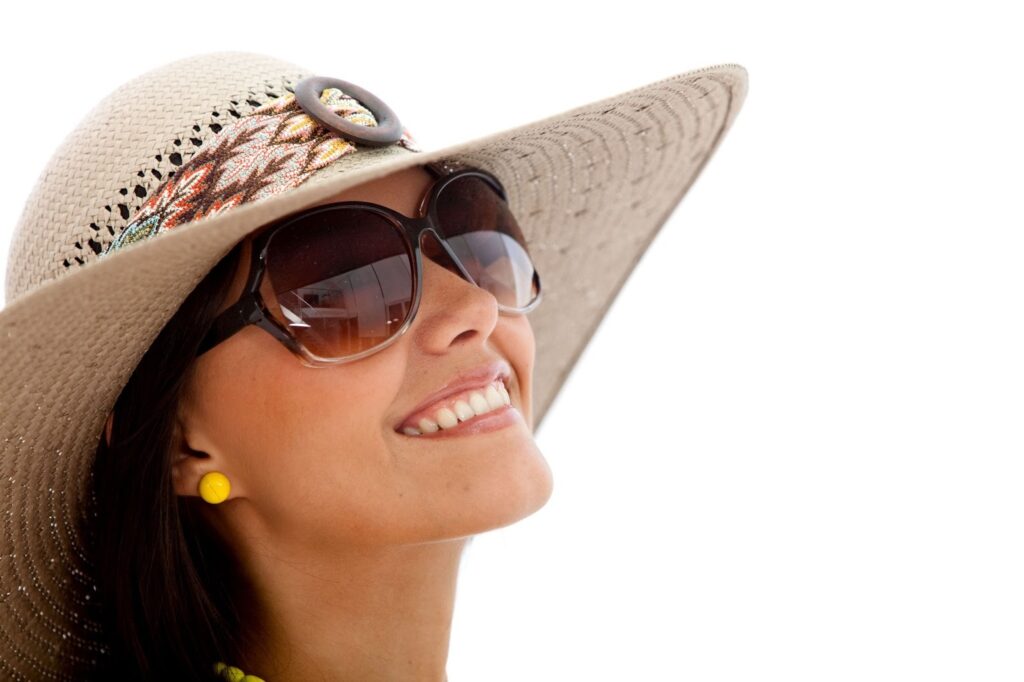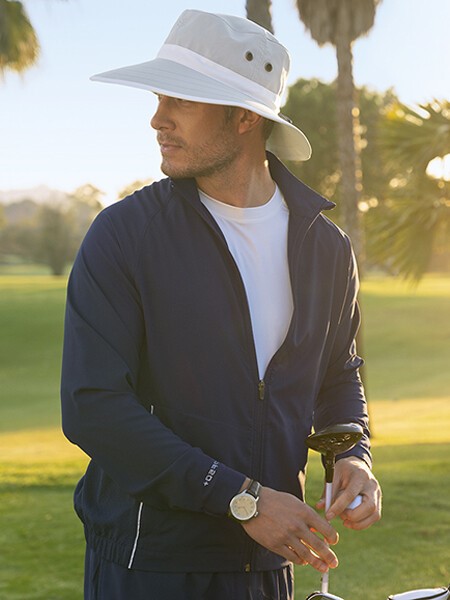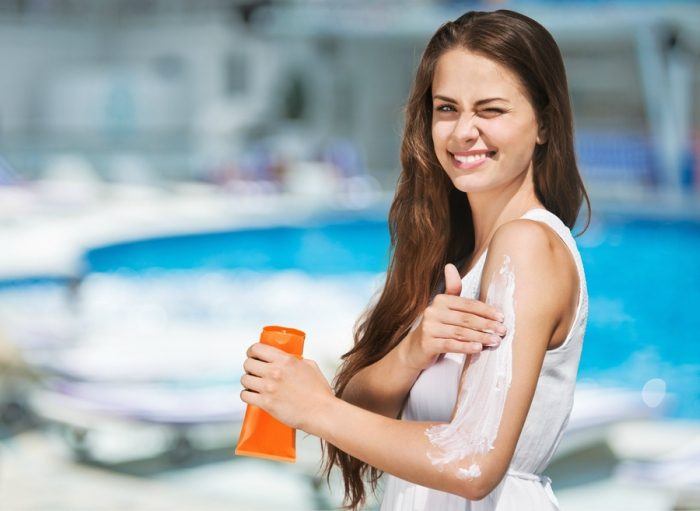Going outside is a fantastic way to get vitamin D, relieve stress, and engage in physical activity. By avoiding the sun, you may work and play outdoors without increasing your chance of developing skin cancer.
Too much ultraviolet (UV) light exposure is the primary cause of most skin diseases. It’s essential to shield yourself from UV radiation all year long, not just in the summer. On cloudy and chilly days, UV rays can penetrate your skin and reflect off things like water, cement, sand, and snow.
Take the following safety measures when you go outside:
Shade:
By finding shade under a tree, umbrella, or shelter, you can lower your risk of skin cancer and UV damage.

Sunscreen:
Before going outside, put on a broad-spectrum sunscreen with an SPF of 30 or higher to block UVA and UVB radiation. Remember to apply a generous layer to any exposed skin. For difficult-to-reach areas like your back, get assistance. Also, keep in mind that sunscreen functions best when paired with other measures.

The sun protection factor (SPF), a number that evaluates how efficiently UV rays are blocked by sunscreens, is assigned to each sunscreen. More protection is indicated by higher numbers. A broad-spectrum sunscreen with an SPF of 30 or higher is advised.
Sunscreen wears off. If you spend more than two hours in the sun, go swimming, perspire, or towel off, put it back on.
Sunglasses:
Sunglasses shield your eyes from UV rays and lessen your chance of developing cataracts. Additionally, they shield the delicate skin surrounding your eyes from the sun’s rays.

Clothing:
For optimum protection, wear tightly woven, dark-colored, long-sleeved shirts and pants. Certain types of fibers also provide more protection than others. Unbleached cotton absorbs UV rays, while polyester and silk with a high sheen reflect UV radiation.

Hat:
Wear a hat that covers your face, ears, and the back of your neck and has a wide brim all the way around for maximum protection. The ideal material to shield your skin from UV rays is one that is densely woven, like canvas. Avoid wearing straw hats with sun-seeking holes. A hat that is darker might provide additional UV protection.


Comments are closed.